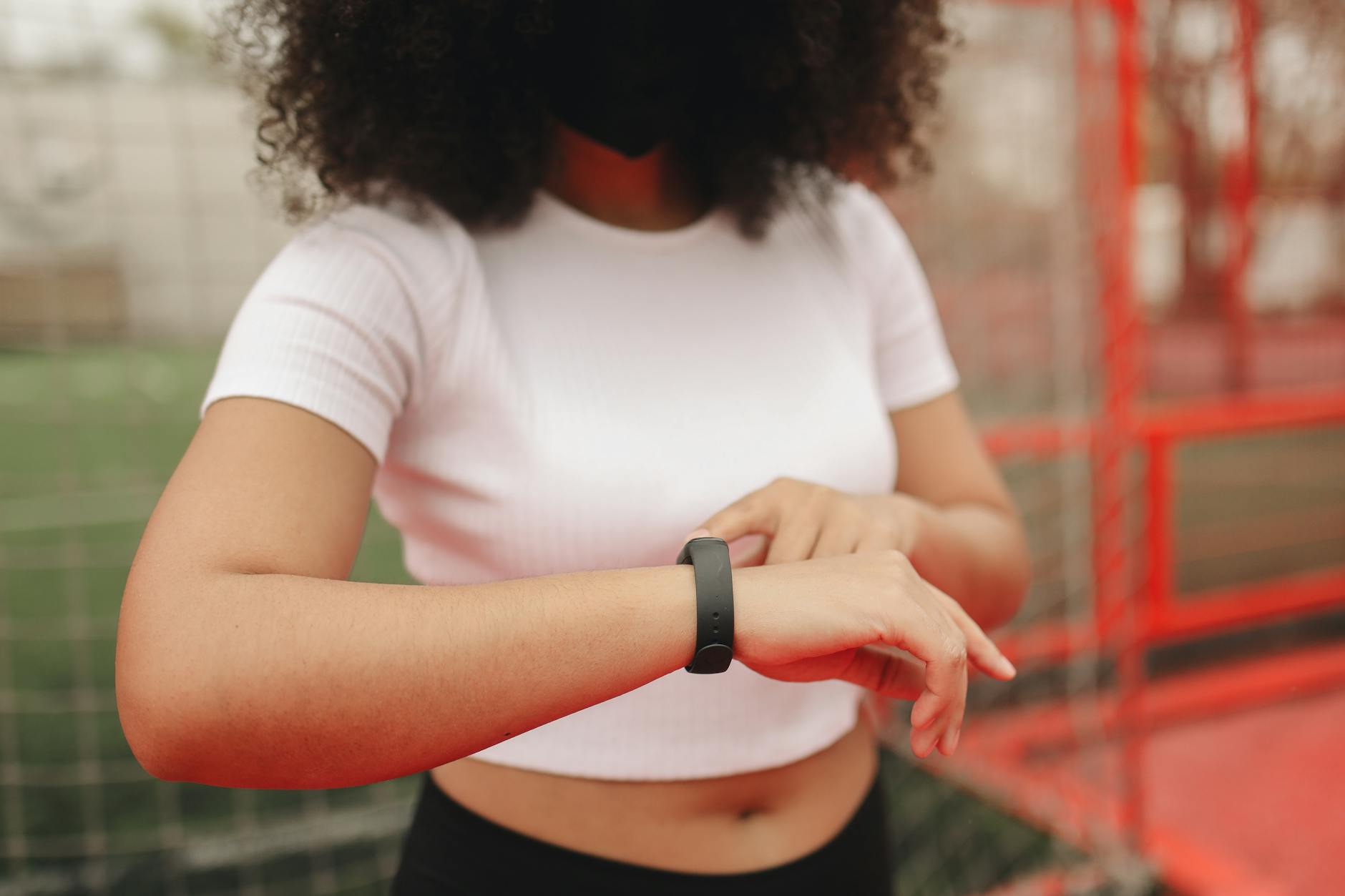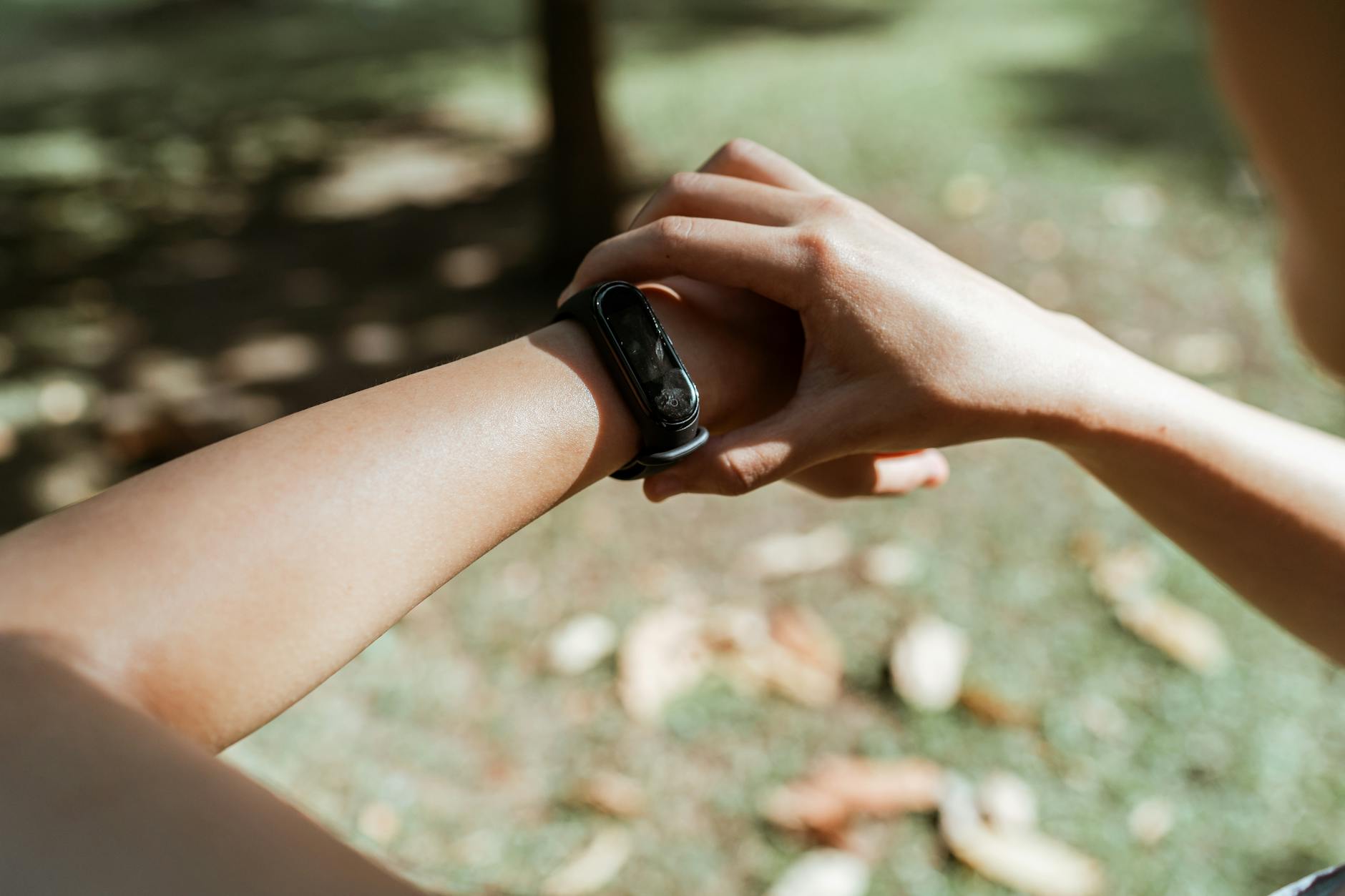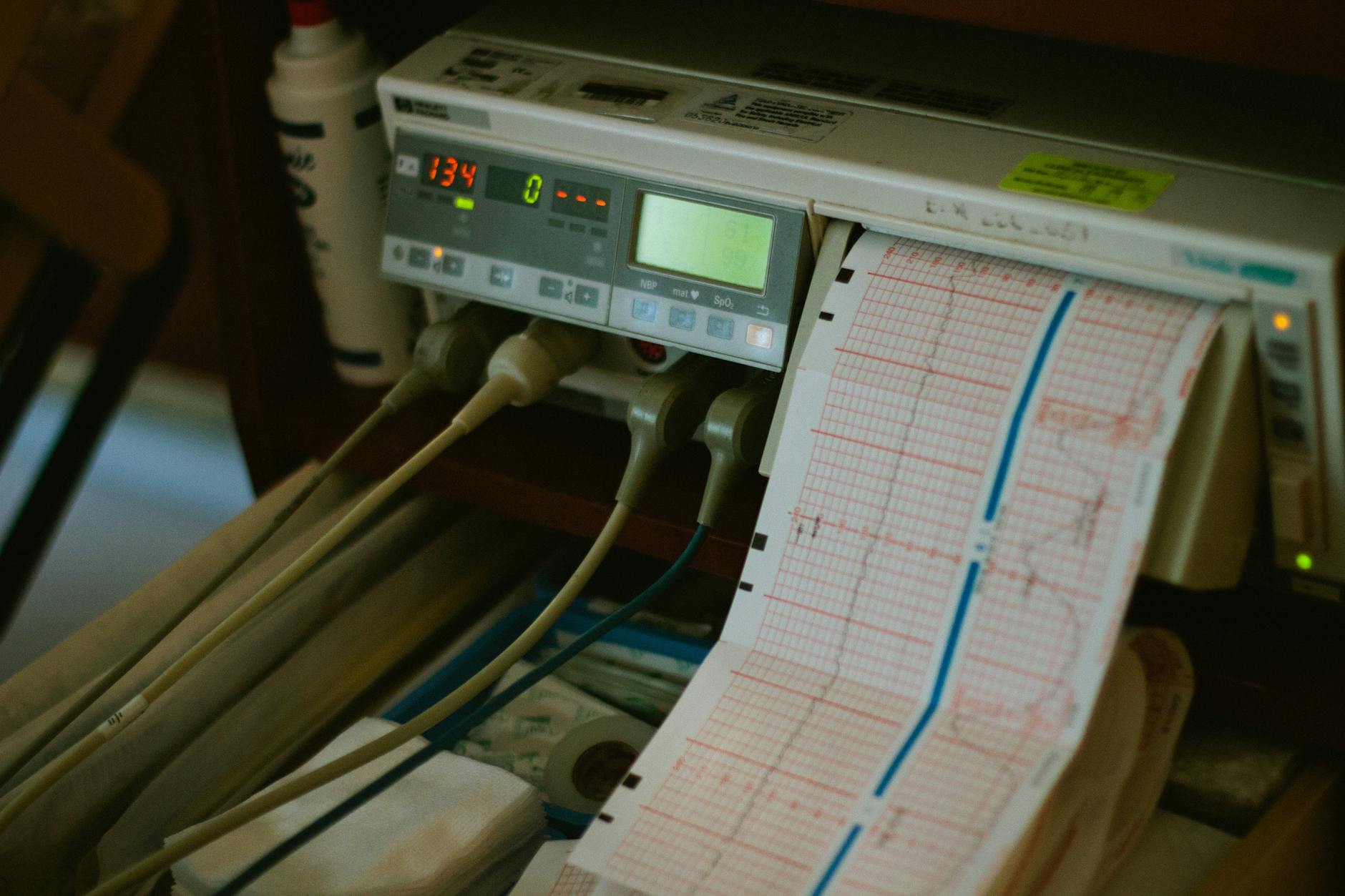
Introduction
In today’s fast-paced world, wearable technology has emerged as a game-changer in the realm of personal health monitoring. These innovative devices, ranging from smartwatches to fitness trackers, are becoming an integral part of our daily lives. But why are they so important? The answer lies in their ability to empower individuals with real-time data, enabling proactive health management and lifestyle changes.
With the rise of chronic diseases and an aging population, the demand for wearable devices is soaring. They offer numerous benefits, such as tracking physical activity, heart rate, sleep patterns, and even stress levels. This data-driven approach not only helps individuals stay informed about their health but also encourages them to make informed decisions. As technology continues to evolve, wearable devices are poised to play an increasingly significant role in revolutionizing personal health care.
Step 1: Understanding Wearable Technology

Wearable technology encompasses a diverse range of devices designed to be worn on the body, providing continuous health monitoring and data feedback. Among the most popular are smartwatches, fitness trackers, and even smart clothing. Each of these devices serves specific functions that collectively contribute to a more comprehensive understanding of personal health.
Smartwatches, for instance, have evolved beyond traditional timekeeping to become mini health hubs. They can monitor heart rate, count steps, and even detect irregularities in heart rhythms. Fitness trackers are tailored to those seeking detailed insights into their physical activities, such as steps taken, calories burned, and distance covered. Meanwhile, smart clothing, which integrates sensors into fabrics, can provide more precise data on metrics like muscle activity and posture.
These devices utilize various sensors, such as accelerometers and optical heart rate sensors, to gather data. The information collected is then synced with mobile apps, offering users intuitive dashboards to track their progress over time. As wearable technology continues to advance, its potential to offer personalized health insights becomes increasingly significant, paving the way for a more informed and health-conscious society.
Step 2: Choosing the Right Device

Selecting the most suitable wearable device requires careful consideration of personal health goals and lifestyle needs. What are your primary objectives? For those aiming to improve their fitness, a device with robust activity tracking features, such as step counting and workout monitoring, would be essential. On the other hand, if managing stress or improving sleep quality is a priority, a device with advanced heart rate monitoring and sleep analysis capabilities might be more appropriate.
Lifestyle factors also play a crucial role in this decision-making process. For instance, individuals with an active lifestyle may prefer wearables that are durable, water-resistant, and have a long battery life. Conversely, those more focused on daily wellness might prioritize aesthetics and comfort, opting for sleeker designs that fit seamlessly into their everyday attire.
Additionally, consider the compatibility of the device with your existing tech ecosystem. Most wearables pair with smartphones or tablets, so ensure that the device is compatible with your platform, be it iOS or Android. By aligning your choice with your specific health targets and lifestyle, you can maximize the benefits of wearable technology, making it a valuable tool in your personal health journey.
Step 3: Setting Up Your Wearable Device

Once you’ve selected your wearable device, the next step is setting it up for optimal use. Here’s a simple guide to get you started:
1. Charge the Device: Before starting, ensure your device is fully charged. This guarantees uninterrupted setup and optimal performance.
2. Download the Companion App: Most wearables come with a dedicated app. Download it from the App Store or Google Play to your smartphone. This app will be your main interface for syncing and data management.
3. Pair the Device: Enable Bluetooth on your phone and follow the app’s instructions to pair your device. This connection allows real-time data transfer and updates.
4. Customize Settings: Tailor the device settings to suit your preferences. This may include setting goals, adjusting notification alerts, or selecting which health metrics to monitor.
5. Sync Regularly: Make it a habit to regularly sync your wearable with the app. This ensures all data is up-to-date, allowing you to track progress and make informed decisions efficiently.
With these steps, your wearable device will be set up and ready to assist you on your journey towards better health.
Step 4: Monitoring Your Health Metrics

With your wearable device set up, it’s time to dive into the data it provides. Understanding and effectively monitoring your health metrics can significantly enhance your health journey. Let’s explore some key metrics you can track.
Heart Rate: Most wearables continuously monitor your heart rate. Use this data to understand your resting heart rate, track exercise intensity, and detect anomalies. A consistent pattern in your heart rate can reveal stress levels or improvements in cardiovascular fitness.
Steps: The step counter is a staple feature in wearables. Aim for a daily step goal that challenges you, such as the well-known 10,000 steps daily. Monitoring steps helps ensure you maintain an active lifestyle, contributing to overall health.
Sleep Patterns: Wearables provide insights into your sleep quality by tracking duration and sleep stages. By reviewing this data, you can identify patterns or disturbances and make necessary adjustments to improve sleep hygiene.
Regularly reviewing these metrics through your device’s app can help you make informed decisions. Whether you’re adjusting your workout routine or aiming for better sleep, the data from your wearable device is a powerful tool in achieving your health goals.
Step 5: Analyzing and Interpreting Data

Having a wealth of health data at your fingertips is empowering, but the key lies in analyzing and interpreting this data to make informed health decisions. Wearable devices provide comprehensive insights, but understanding these metrics is crucial for maximizing their potential.
Start by regularly reviewing the trends and patterns in your data. For instance, a consistent increase in your step count suggests improved physical activity, while fluctuations in your heart rate might indicate stress or the need for rest. Over time, you’ll learn to recognize what constitutes normal patterns for you, enabling you to spot anomalies promptly.
Utilize the analytics tools within the device’s app to visualize your progress. Graphs and charts can highlight trends and correlations, making it easier to track improvements or identify areas needing attention. If your wearable offers personalized insights or feedback, use these recommendations to refine your health strategies.
For deeper insights, consider consulting healthcare professionals who can analyze your data in the context of broader health trends. By effectively interpreting the data from your wearable, you can make proactive decisions that align with your health objectives, ultimately leading to better outcomes and a healthier lifestyle.
Step 6: Incorporating Wearable Data into Daily Life

Once you’ve gathered and interpreted the data from your wearable device, the next step is to integrate these insights into your daily routine to enhance your overall health. This involves making intentional adjustments based on the feedback received from your device.
Start by setting specific, achievable goals based on your data. For instance, if your wearable highlights insufficient activity levels, incorporate more physical movement throughout your day. Simple actions like taking the stairs instead of the elevator or scheduling short walks during breaks can make a significant difference.
Sleep data can also be transformative. If your device reveals poor sleep quality, establish a bedtime routine that promotes relaxation, such as reducing screen time before bed or practicing mindfulness. These small changes can improve your rest, leading to increased energy and focus.
Additionally, use alerts and reminders from your device to stay on track. Whether it’s reminders to stand, hydrate, or meditate, these gentle nudges help reinforce healthy habits. By regularly incorporating the insights from your wearable into your lifestyle, you can cultivate a more balanced and health-conscious daily routine, leading to long-term benefits.
Conclusion
Wearable technology is revolutionizing personal health monitoring by offering real-time insights into vital health metrics. By understanding wearable devices, choosing the right one, and setting it up effectively, you can unlock a wealth of health data. Analyzing and incorporating this data into daily life empowers you to make informed health decisions and embrace a healthier lifestyle.
The transformative potential of wearables lies in their ability to turn data into actionable insights. Embrace this technology to actively manage your health. Start today by selecting a wearable that aligns with your goals and take proactive steps to integrate its insights into your routine. Your health journey is in your hands.








